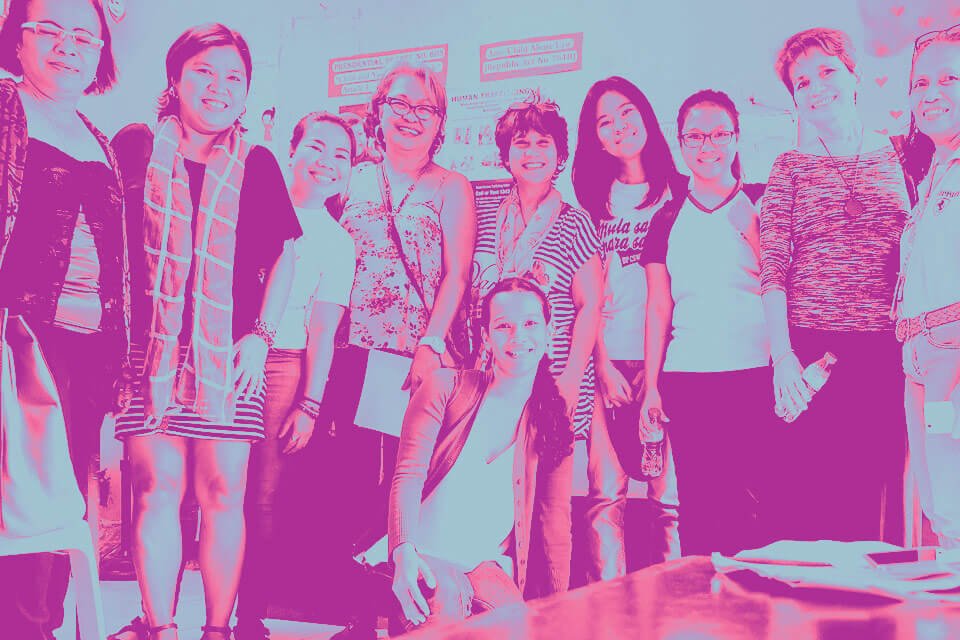Even before this crisis, marginalized women and girls suffer disproportionately from inequalities. The poverty which they endure plus their being women and girls all play in the discrimination that they experience which also further pushes them to poverty. The lack of livelihood remains a top problem in communities as articulated by women. Women are often found in low wage jobs in the manufacturing, service and tourism industry, and there is lack of or limited access to quality healthcare services including sexual and reproductive health services and products. Proper information dissemination that reaches marginalized women and girls is also a problem and they also face multiple barriers when they try to access justice especially from the violence perpetrated against them whether in the streets, workplace or even at home. For marginalized women and girls – residing in far-flung or rural areas, indigenous women and girls, those with disability, LBT, women and girls living with HIV, and women migrants also face additional barriers, sufferings, inequalities not to mention the challenges they faced in accessing justice and healthcare services and possibility of insensitive response they might experienced.
This report will cover the period since the start of the lockdown in most member countries of the Weaving Women’s Voices in Southeast Asia (WEAVE). WEAVE has documented the impacts of the pandemic in Southeast Asia, particularly focusing on access to justice of marginalized women and girl children. WEAVE has also conducted their own activities and efforts in their countries to respond to the pandemic, i.e. facilitating and providing financial support to partner communities and assisting victims of gender-based violence.[1]
Read the research here.
[1] WEAVE has also conducted its first webinar on VAW and the Economy.

